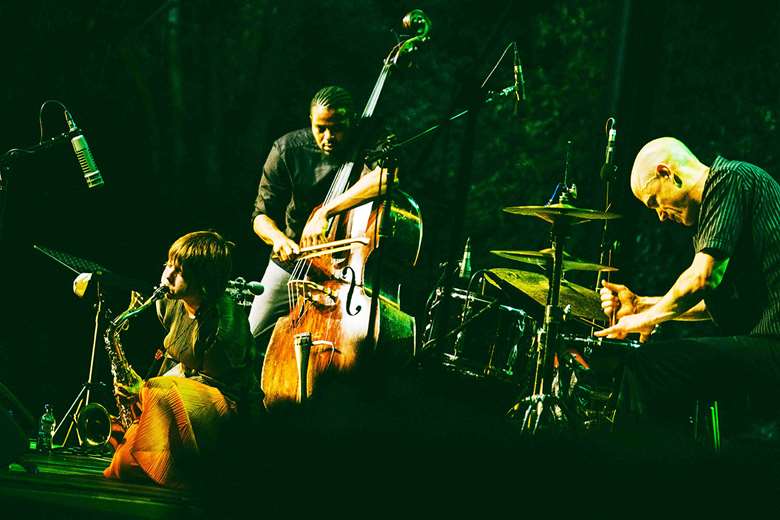Zoh Amba, Myra Melford and Mary Halvorson connect improvisation and composition at Lisbon’s Jazz em Agosto
Martin Longley
Monday, September 4, 2023
Martin Longley shaved his head in the Lisbon heat of this prime Portuguese 12-dayer…


Register now to continue reading

Thank you for visiting Jazzwise.co.uk. Sign up for a free account today to enjoy the following benefits:
- Free access to 3 subscriber-only articles per month
- Unlimited access to our news, live reviews and artist pages
- Free email newsletter